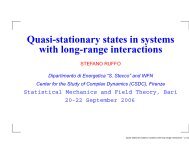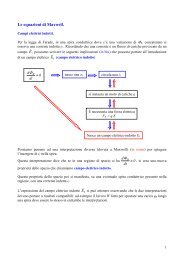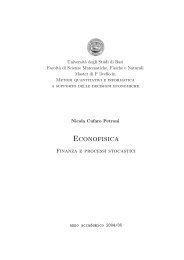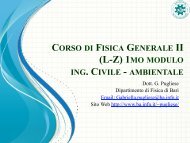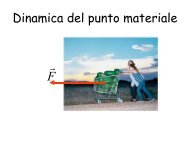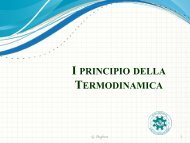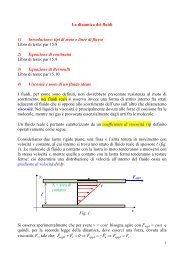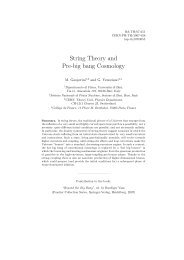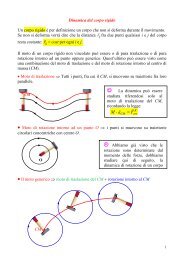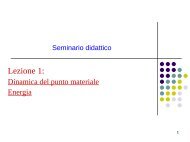Pricing and Hedging Asian Basket Options with Quasi-Monte ... - Infn
Pricing and Hedging Asian Basket Options with Quasi-Monte ... - Infn
Pricing and Hedging Asian Basket Options with Quasi-Monte ... - Infn
Create successful ePaper yourself
Turn your PDF publications into a flip-book with our unique Google optimized e-Paper software.
Methodol Comput Appl Probab<strong>and</strong> remark that by duality k = E [ a(T))δ Sk (G k u) ] k = 1,...,M. (40)This concludes the proof.⊓⊔Proposition 5 allows a certain flexibility in choosing either the process u, or betterz. Wetakethenz h = α k δhk Kr;h, k = 1,...,M, α k = 1, ∀k, <strong>and</strong> this implies that tocompute the k-th delta we can consider only the k-th term of the Skorohod integral,thus reducing the computational cost. In particular, this choice is motivated by thefact that in this way the localization technique needs to control only δk Sk (·), <strong>and</strong> henceonly the k-th component of W(t). We now define L k <strong>and</strong> calculate for k = 1,...,ML k =∫ T0D k s m(T)ds = M ∑i=1N∑w ij S i (t j )j=1∫ t j0σ ik (s)ds, (41)∫ T0D k s G kds =N∑j=1w jk S k (t j )x k∫ t j0σ kk (s)ds =N∑j=1w jk S k (t j )x k∫ t j0σ k (s)ds, (42)∫ T0D k s L kds =N∑j=1(∫ t j 2w ij S i (t j ) σ ik ds), (43)0so that[ ( )] k = E a(T)δkSk Gk, k = 1,...,M. (44)L KDue to the properties of the Skorohod integral we then have for k = 1,...,M( )Gkδ k = G kW k (T) − 1 ∫ T∫ T)(LL K L K L 2 k D k s G kds − G k D k s L kds , (45)k 00Remark that <strong>with</strong> a different choice of z (for instance z h = α h ) k would linearly dependon the whole M-dimensional BM, eventually making the localization techniqueless efficient.We finally investigate the applicability of the RQMC approach to estimate theexpected value in Eq. 44 for k = 1,...,M. Take the same input parameters as inSection 4, <strong>and</strong> generate the trajectories (the values S i (t j ), i = 1,...,M, j = 1,...,N)in Eqs. 41–43 as done in that section. Consider then the α im as the elements ofthe CH matrix associated to ρ im , i, m = 1,...,M: the Table 5 compares the deltasobtained only <strong>with</strong> RQMC, <strong>with</strong> the same number of scenarios as in Section 4. Weadopted the same LT procedure used to estimate the option price, <strong>and</strong> not that forthe integr<strong>and</strong> function in Eq. 44: at first sight this does not seem to be an optimalchoice; but, would we have applied the LT for the integr<strong>and</strong> function in Eq. 44,M = 10 decomposition matrices (one for each delta) should have been considered.This would have increased the CPU time by at least 1/3 of the total time (or evenmore, due to the larger number of terms to compute) thus making the calculation lessconvenient. Table 5 shows that the PCA, LT <strong>and</strong> KPA approaches perform almostequally well in terms of total accuracy, <strong>with</strong> the LT giving better results only forcorrelated assets. In terms of total accuracy (Err), the KPA performs better than



